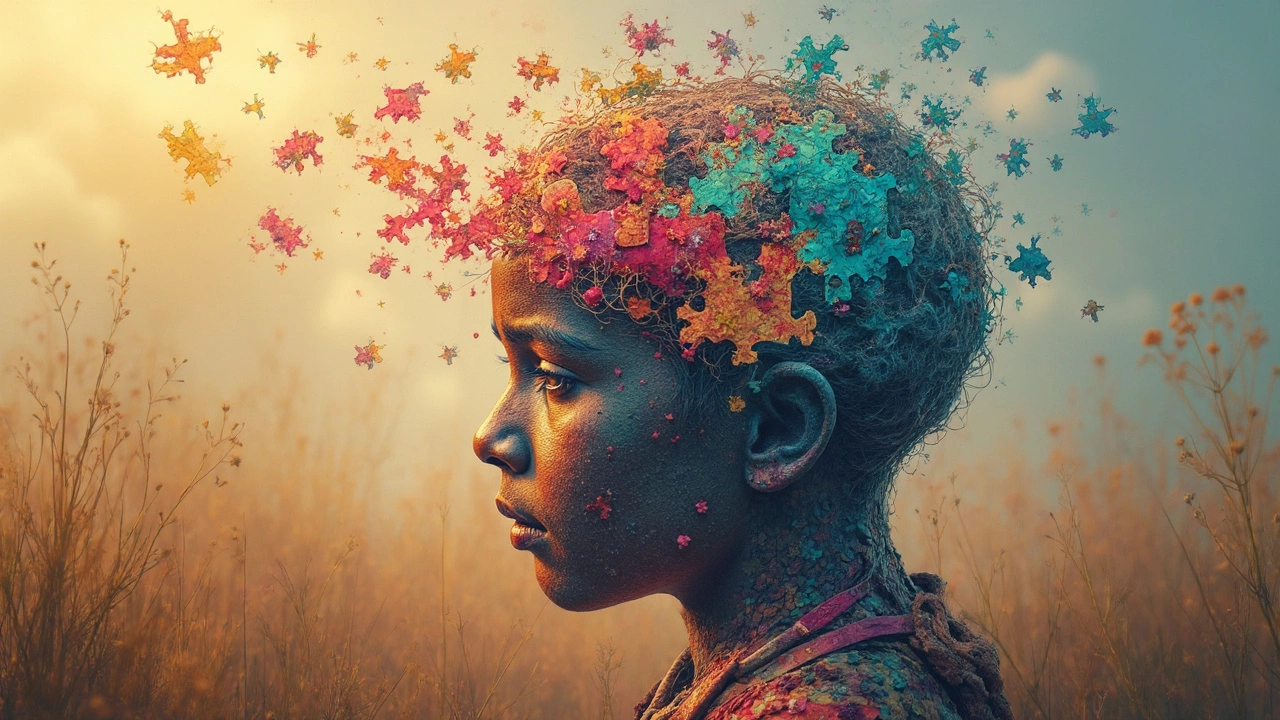ADHD Therapy: Effective Approaches for Focus, Calm, and Daily Life
When someone struggles with ADHD therapy, a set of evidence-based strategies to manage attention deficit hyperactivity disorder through behavioral, lifestyle, and sometimes medical support. Also known as attention deficit hyperactivity disorder treatment, it’s not about fixing someone—it’s about giving them tools to move through the world with less friction. Many people think ADHD is just about being hyper or distracted, but it’s deeper. It affects how the brain organizes tasks, manages time, controls impulses, and handles emotions. That’s why therapy isn’t one-size-fits-all. What works for a 10-year-old might not help a 35-year-old with the same diagnosis.
One of the most proven methods is behavioral therapy for ADHD, a structured approach that teaches practical skills to improve organization, reduce distractions, and build routines. It’s not talk therapy alone. It’s about setting up visual schedules, breaking tasks into tiny steps, using timers, and rewarding progress—not just for kids, but for adults too. Parents learn how to respond to meltdowns without escalating them. Teachers get tips to structure classrooms so attention isn’t constantly fighting against the environment. And adults? They learn how to build systems that work with their brain, not against it.
Then there’s the growing interest in natural ADHD treatment, lifestyle-based strategies like movement, sleep hygiene, diet tweaks, and mindfulness that support brain function without medication. This isn’t about replacing doctors—it’s about adding layers. A study from the University of California found that kids who got 30 minutes of daily outdoor play showed measurable improvements in focus, almost as much as low-dose stimulants. Movement isn’t a bonus—it’s part of the treatment. Sleep matters more than you think. Skipping sleep for one night can wipe out weeks of progress. And while no single food cures ADHD, cutting out artificial dyes and sugar spikes helps many people feel calmer and more in control.
ADHD doesn’t disappear at 18. In fact, many adults only realize they have it when their kids get diagnosed. The shame, the self-blame, the feeling that you’re just lazy—that’s not ADHD. That’s what happens when the world doesn’t understand how your brain works. Good therapy helps you reframe that. It’s not about becoming someone else. It’s about finding ways to thrive as you are.
Below, you’ll find real stories, practical guides, and science-backed tips from people who’ve walked this path. Whether you’re looking for ways to help a child, manage your own symptoms, or support someone close to you, these posts give you the tools—not hype, not fluff, just what works.
-
29
ADHD isn't just about being hyperactive or distracted. It's a condition with five levels, each having its own characteristics and challenges. Understanding these levels helps in providing more targeted treatment and support. Learn what each level means and pick up practical tips to navigate life with ADHD effectively.
